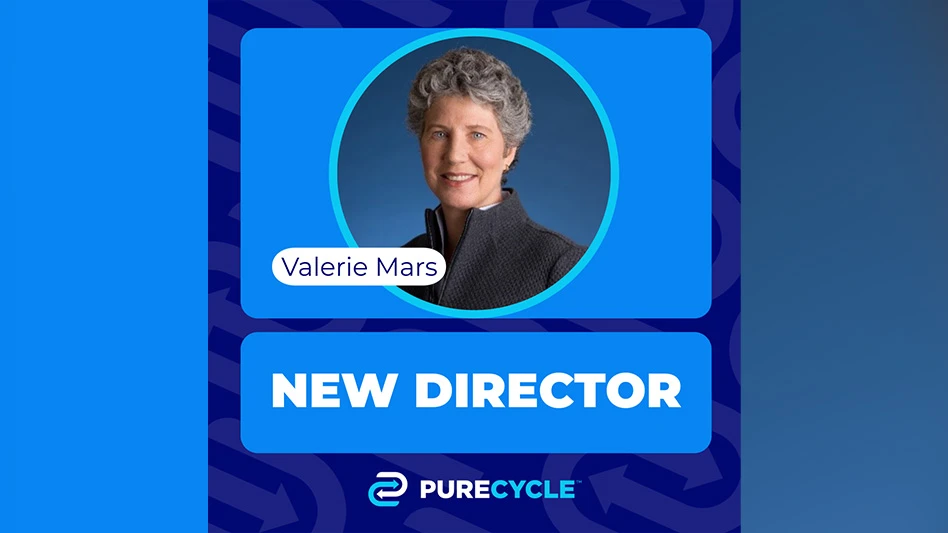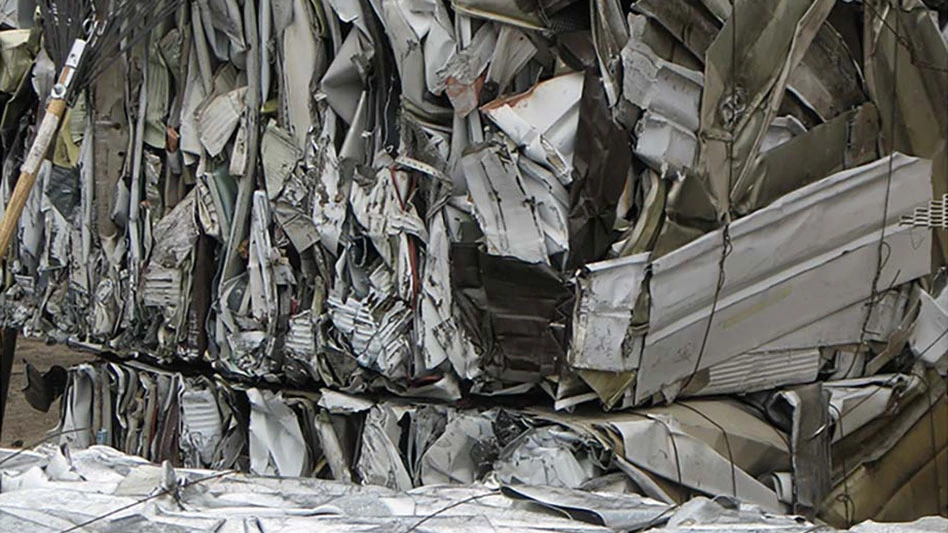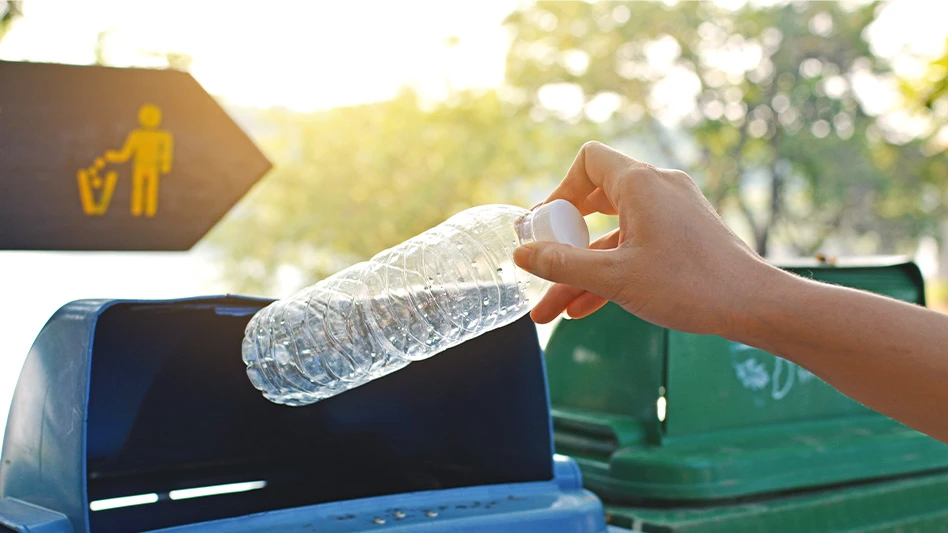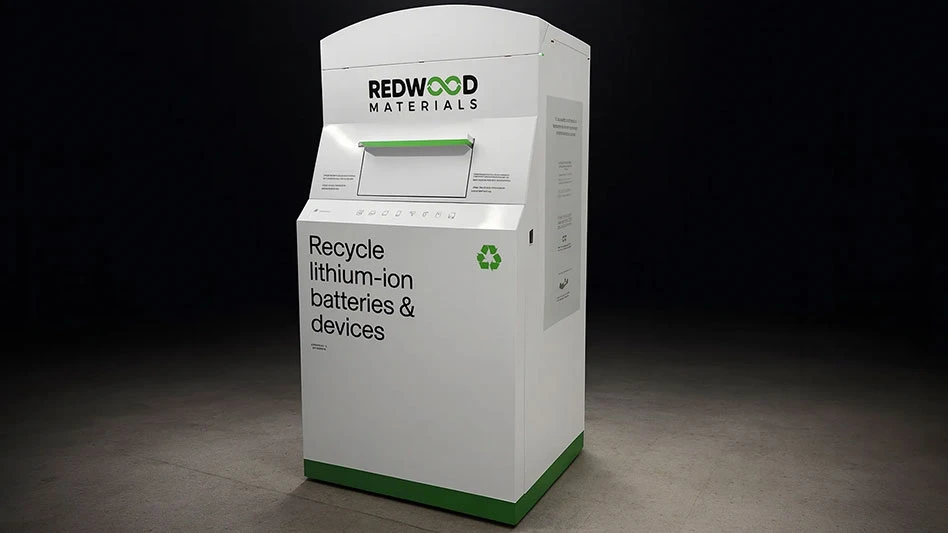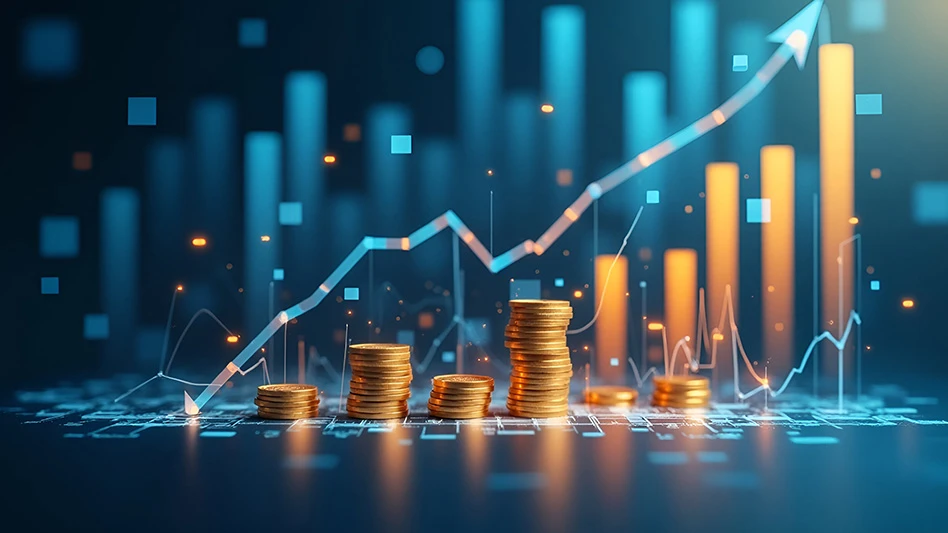Recovered fiber buyers for paper mills can agree on one thing—when they buy fiber, they would like to receive 100 percent paper and 0 percent metal, plastic or dirt.
Unfortunately, a panel of mill buyers at the 2007 European Paper Recycling Conference cited quality issues relating to contaminants as a foremost concern that can make their jobs difficult.
Chris White of Aylesford Newsprint Ltd. in the
Said White of material coming from commingled material recovery facilities (MRFs) in the
In terms of contaminants, White also said material coming from commingled MRFs “always contains some glass.” All contaminants affect yield, noted White, but glass has the added detraction of wearing down the expensive, stainless steel slotted screens paper mills use to keep contaminants out of the finished product.
White remarked that it is possible to get better quality material out of commingled or single-stream MRFs. On average, MRF owners in the
White concluded by saying that mill companies such as Aylesford will continue to encourage dual-stream and source separated collection as the best way to ensure a quality supply.
The volume of collection has been a critical concern for Nuno Messias of Europac, which produces cardboard in
Importing fiber has led Messias and Europac to some of the same concerns that White expressed regarding the quality of recovered fiber. From Europac’s perspective, the quality of fiber being received “has degraded,” said Messias.
Messias proposed standards and a system to measure incoming fiber so that paperstock plants and MRFs can be held accountable for the quality and yield of the bales they produce. “We need to agree to those standards; we’re all in the same boat,” Messias said of mills and their recovered fiber suppliers.
Graham Moore, a United Kingdom-based consultant for Pira International, led off the session by demonstrating how rapidly boosted Chinese demand for recovered fiber this decade has provided an outlet for the increased amounts of fiber being collected in the European Union.
The 2007 European Paper Recycling Conference, organized by the Recycling Today Media Group, was held in at the Hilton Amsterdam Oct. 3-5.
Latest from Recycling Today
- Ford pivots away from EVs
- McNeilus to showcase advanced refuse, recycling technology at CES 2026
- Greyparrot report highlights improving recycling efficiency
- SWANA, NWRA, ReMA release guide to improve MRF battery management
- World Bank predicts steady 2026 metals pricing
- Nucor sees tighter margins to close out 2025
- Liberty Tire announces $1.4M equipment upgrade at North Carolina facility
- Kansas City, Missouri, to receive $5M grant from EPA
